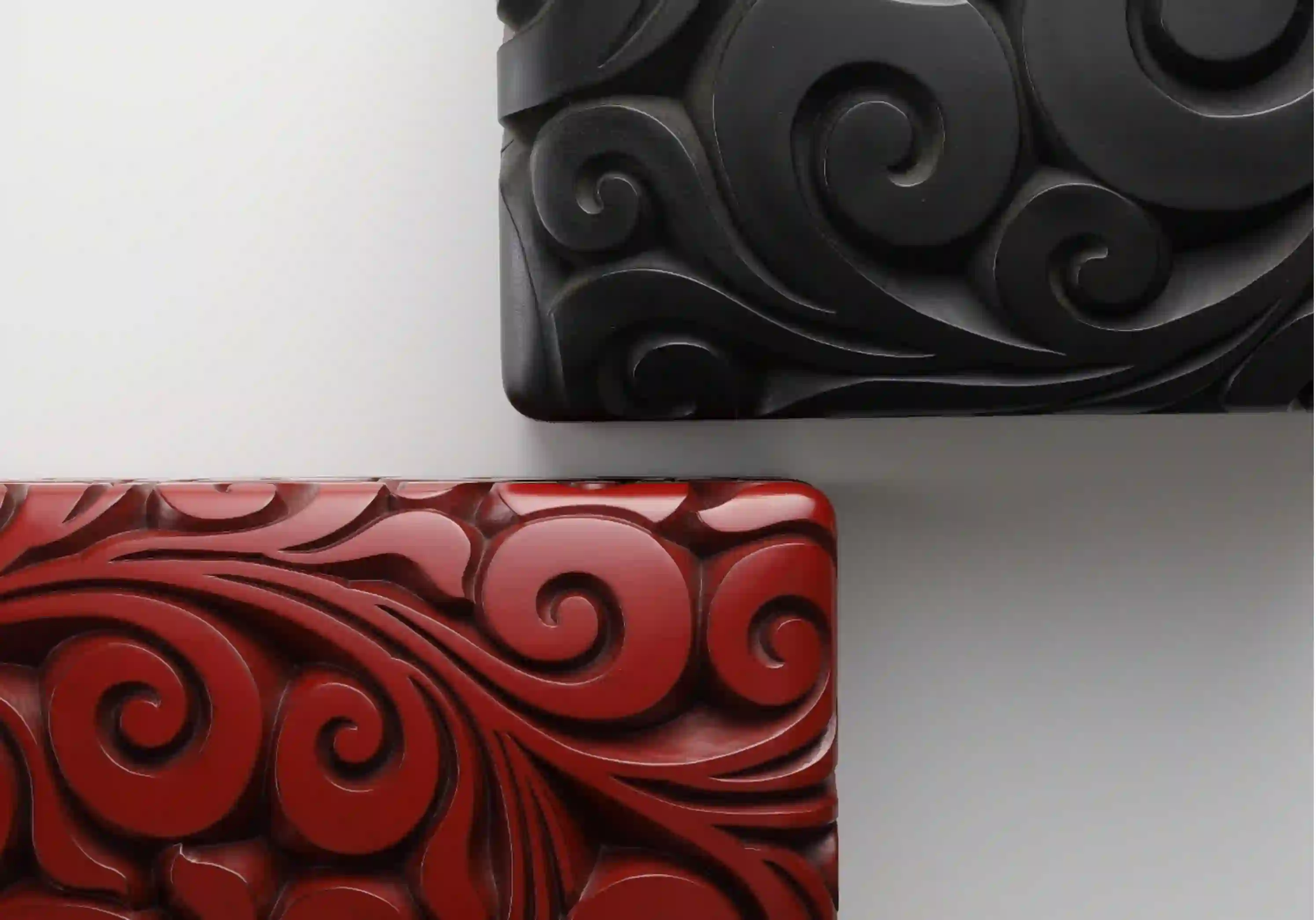Visiting Masters of the 800 year-old Kamakura-bori Wood Carving

Kamakura became the center of the country with the birth of the Kamakura Shogunate, Japan's first samurai government. A unique "Kamakura culture" was formed by combining some other cultures; the aristocratic culture of Kyoto and Nara (continued since the Heian period) and the Chinese cultures of the Song and Yuan dynasties, with the simple and sturdy spirit of the samurai and the culture of the common people.
At the same time, changes occurred on the religious front as well, and many temples and shrines, including Zen temples, opened under the name of Kamakura Buddhism during the Kamakura period. With the birth of the samurai government, a unique culture, different from that of Kyoto and Nara, was created in Kamakura.



The 800-year history of Kamakura-bori wood carving
The history of the Kamakura-bori wood carving dates back to about 800 years ago. Kamakura has developed its own unique culture while incorporating the Zen Buddhism culture of China. It is believed that the origin of the Kamakura-bori wood carving began when Buddhist sculptors who made Buddhist statues and ritual items in this area invented their own wood carving and lacquer coating style, based on their own advanced carving skills and techniques combined with the influence of imported carved lacquer.
Since then, the Kamakura-bori wood carving has developed with the times and become popular all over Japan, and the training of craftsmen and creating of new works continue today.



World-Recognized Craftsmanship of Kamakura Sculpture Master
Hakkodo is a studio that designs, produces, and sells Kamakura-bori wood carving, and the Goto, the family that runs it, has its roots as Buddhist sculptors. The family regards Unkei as its school’s founder. Unkei was called a genius Buddhist sculptor and left many works , later designated as important cultural assets including national treasures in Japan.
During the Meiji period (1868-1912), when the demand for Buddhist statues declined, the craftsmen in Kamakura used their skills to produce daily life crafts, which were highly valued worldwide, including winning an award at the Paris Universal Exhibition in 1889.



Custom-made by professionally skilled craftsmen
Hakkodo, which has inherited a tradition spanning 800 years and has been loved by celebrities in Japan and abroad, has skilled craftsmen who can provide custom-made, original pieces tailored to the needs of each individual customer. Based on a design by the chief of Hakkodo, a wood-base maker craftsperson creates the basic wooden base, a carver adds engraving, and then passes them to the lacquerer to finish them. It takes more than 10 years to become a full-fledged craftsperson.



The Charm of Kamakura-bori wood carving
~The Mild Natural Texture and Craftsperson's Passion
Kamakura-bori wood carving is a craft of wood carving and lacquering, and its charm is considered to be the "mild texture and strength" and "warmth" of the wood, and the "lively feeing unique to lacquer". Each piece is designed to maximize this natural appeal and its liveliness created manually by the hands of passionate carving and lacquering craftspersons. With pride in their work and in the techniques that have been handed down over the years, and with a commitment to innovation, Hakkodo continues to create works of art in the hope that Kamakura-bori wood carving will be a source of comfort and strength in our daily lives.

Book this activity
See More
"Step into 800 Years of Tradition: A Special Journey to the Zen Art of Kamakura Carving"


Area Overview

Area Overview
【Access from Osaka to Kanagawa, Kamakura】
(By Shinkansen/Train)
- ・Shinkansen: From Shin-Osaka Station to Shin-Yokohama Station
(Approximate travel time: about 2 hours ) - ・Train: From Shin-Yokohama Station to Kamakura Station
(Approximate travel time: about 40minutes)



